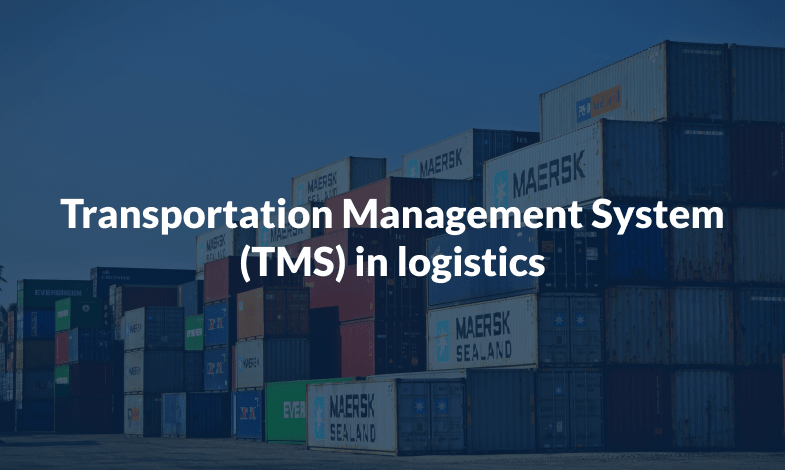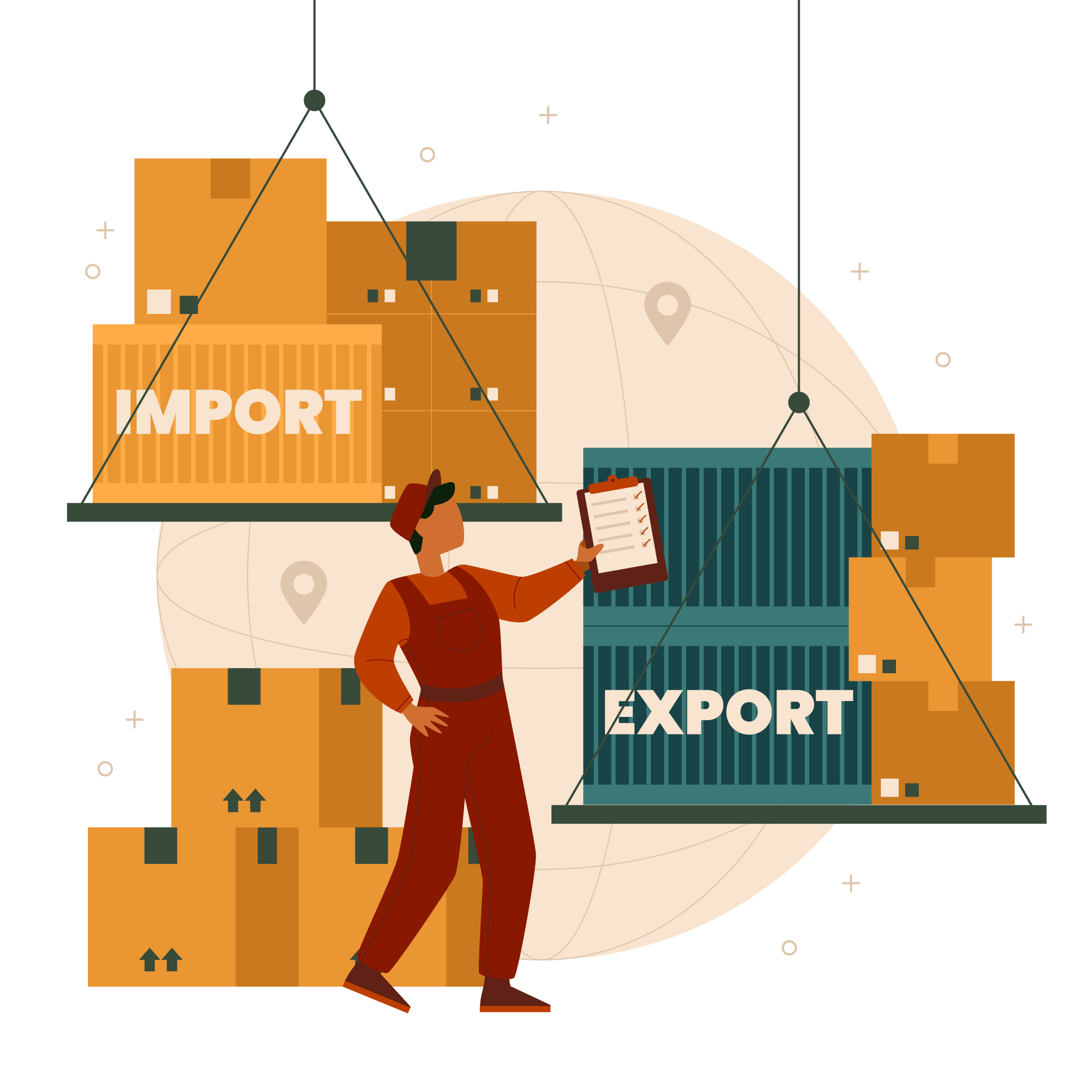The logistics and transportation industry is more dynamic than ever, with growing demands for speed, efficiency, transparency, and automation. In this landscape, a modern TMS (Transportation Management System) has become an essential tool for companies looking to streamline their operations and scale with confidence.
As businesses evolve and customer expectations rise, so must the technology supporting supply chain and freight operations. Selecting the right modern TMS is no longer just about tracking loads or managing dispatch—it’s about transforming your freight management strategy entirely.
This blog will guide you through the top features to look for in TMS platforms in 2025 and beyond. Whether you’re a broker, carrier, or fleet manager, these features can help you make informed decisions, optimize operations, and future-proof your business.
Understanding the Role of a Modern TMS
A modern TMS is far more than a basic logistics platform. It’s a digital command center designed to manage every aspect of freight management—from planning and execution to analytics and customer communication.
Companies that implement a modern TMS benefit from:
- Improved operational efficiency
- Reduced transportation costs
- Enhanced real-time visibility
- Better carrier and driver coordination
- Scalable, integrated workflows
The best transportation management software platforms seamlessly integrate automation, data intelligence, and user-friendly experiences. At Truxup, our mission is to help companies leverage the power of a modern TMS built for today’s logistics challenges.
User-Friendly Interface and Customizable Dashboards
A key hallmark of a modern TMS is its ability to make complex operations feel simple. In today’s fast-paced logistics environment, having a user-friendly interface is not just a nice-to-have—it’s essential for productivity, adoption, and long-term success.
Why a Clean Interface Matters
Modern TMS platforms handle a wide range of functions—from dispatch and load management to invoicing and compliance. If the interface is clunky or confusing, it leads to wasted time, errors, and frustration. A streamlined, intuitive design helps users focus on what matters most.
Benefits of a user-friendly TMS interface:
- Reduces the learning curve: New team members can get up to speed quickly without long training cycles.
- Boosts efficiency: Tasks are completed faster with fewer clicks and more precise navigation.
- Minimizes errors: A well-designed system facilitates the input and retrieval of accurate data, thereby minimizing errors.
Custom Dashboards for Every Role
A modern TMS should also offer customizable dashboards that adapt to the needs of different users. Dispatchers, fleet managers, accountants, and drivers all need unique data at their fingertips.
Custom dashboard advantages:
- Role-specific views: Tailored screens help users see only what’s relevant to their job.
- Quick access to KPIs: Users can track load progress, carrier performance, fuel costs, and other key metrics.
- Increased decision-making power: Real-time insights enable faster, more informed responses.
At Truxup, we prioritize simplicity and customization, enabling every user to work smarter, not harder.

End-to-End Freight Management Capabilities
In today’s logistics landscape, managing freight effectively from origin to final delivery is more than a necessity—it’s a competitive advantage. A modern TMS must offer end-to-end freight management capabilities that streamline the entire shipment lifecycle and ensure complete visibility at every stage.
Why End-to-End Freight Management Matters
Freight operations comprise many moving parts, and if even one link in the chain breaks, it can cause delays, increased costs, and dissatisfied customers. A well-designed TMS consolidates and automates these steps to maintain efficient and predictable operations.
Key Features Every Freight Operation Needs
A modern TMS should cover every stage of the freight journey with precision and clarity:
- Load planning and tendering: Build and assign loads based on carrier capacity, rates, and availability.
- Carrier selection and rate management: Select the most suitable carrier for each shipment based on performance metrics and negotiated rates.
- In-transit tracking: Monitor shipments in real time to ensure timely updates and proactive exception handling.
- Final-mile delivery coordination: Manage delivery scheduling, confirmation, and customer communication to ensure a smooth handoff.
Real-Time Visibility and Live Tracking
In the fast-moving world of logistics, information is power. One of the most essential capabilities of a modern TMS is providing real-time visibility into every aspect of your freight operations. Knowing exactly where your shipments are—and when they’ll arrive—is critical to maintaining control, improving service, and reducing disruptions.
Why Real-Time Visibility Matters
Today’s supply chains are complex and constantly changing. Delays, reroutes, and unforeseen events can occur at any moment. Without live tracking, companies are left in the dark, reacting to problems after they happen instead of preventing them.
With a modern TMS, you gain instant access to shipment status, driver location, and delivery progress—all in one centralized platform.
Key Benefits of Real-Time Tracking
Real-time visibility brings a range of business benefits that improve performance across the board:
- Improved customer satisfaction: Keep clients informed with accurate ETAs and status updates.
- Proactive problem-solving: Detect disruptions early and reroute shipments before they impact your schedule.
- Enhanced collaboration: Share live data with shippers, carriers, and internal teams for better coordination and communication.
- Automation of Repetitive Tasks
One of the defining traits of a modern TMS is the ability to automate time-consuming manual processes.
Tasks That Can Be Automated:
- Load assignment and dispatch
- Document generation and billing
- Notifications and alerts
- Driver communication and updates
By automating these tasks, Truxup helps reduce errors, save time, and increase productivity across your entire operation.
Seamless Carrier and Broker Collaboration
The best transportation management software must cater to both asset-based and non-asset-based operations. A modern TMS bridges the gap between fleets and brokerages.
Features to Look For:
- Shared dashboards and load boards
- Integrated rate and contract management
- Load tracking visibility for both parties
Truxup supports hybrid workflows with tools designed to connect brokers, carriers, and drivers in a centralized ecosystem.
Integration with External Systems
A key strength of any modern TMS lies in its ability to connect seamlessly with other tools and platforms. Freight operations today are not managed through one system alone. Carriers, brokers, and shippers rely on a range of software for visibility, compliance, accounting, and communication. That’s why integration is one of the top features in any effective transportation management solution.
Why Integrations Are Critical
When your TMS operates in isolation, it creates inefficiencies, data silos, and manual workarounds. By integrating your modern TMS with other essential platforms, you ensure smooth data exchange, reduce duplication, and enable faster decision-making.
Essential Third-Party Platforms to Integrate With
Look for a modern TMS that integrates with the following types of systems:
- Load boards like DAT and Truckstop for streamlined load sourcing and capacity management.
- ELD providers such as Samsara and Motive for real-time driver data and compliance tracking.
- Accounting software like QuickBooks and Xero for faster billing, payroll, and financial reporting.
- Compliance tools, including RMIS and SaferWatch, are used to automate carrier vetting and ensure regulatory adherence.

EDI and API Connectivity
Electronic Data Interchange (EDI) and APIs are vital for enabling real-time communication across systems and trading partners. A modern TMS must support both.
What It Enables:
- Instant load tenders and acceptances
- Automatic status updates
- Faster invoicing and settlements
Truxup includes native EDI capabilities and flexible API connections, ensuring your freight management processes move at the speed of business.
1. Advanced Reporting and Analytics
Data is only valuable if it’s actionable. Modern transportation management software should provide powerful insights and decision-support tools.
Analytics Features to Look For:
- KPI dashboards
- Historical performance tracking
- Predictive analytics
- Exception management reports
Truxup analytics dashboard helps you identify trends, eliminate inefficiencies, and make data-backed decisions with confidence.
2. Mobile Access and Driver Tools
Mobile accessibility is essential in freight management. Drivers need real-time access to schedules, updates, and communication tools while on the road.
Mobile App Essentials:
- Route and stop updates
- Digital document uploads
- Driver messaging
- Hours of service logs
Truxup mobile app ensures drivers stay connected, compliant, and informed—no matter where they are.
3. Compliance and Safety Management
Compliance with FMCSA, DOT, and IFTA regulations is non-negotiable. A modern TMS should streamline regulatory requirements.
Compliance Features:
- Automated safety and maintenance reminders
- ELD and hours-of-service tracking
- Documentation for audits and inspections
Truxup simplifies compliance by centralizing critical documents and automating safety workflows to keep your operations audit-ready.
4. Scalable Architecture and Cloud-Based Access
Growth-minded businesses need scalable technology. A modern TMS should grow with you, without the limitations of legacy software.
Why Cloud-Based Matters:
- Access from anywhere with an internet connection
- Enhanced data security and backups
- Real-time updates and software enhancements
Truxup is cloud-native, ensuring your operations are secure, accessible, and future-ready.
5. Customizable Workflows
Every freight operation is different. A one-size-fits-all approach won’t work in 2025. Your modern TMS should allow full workflow customization.
Customization Options:
- Role-based user dashboards
- Load assignment rules
- Payment and billing settings
Truxup offers flexible configurations, allowing your transportation management software to adapt to your process, not the other way around.
6. Customer and Shipper Portals
Customer satisfaction depends on transparency and communication. A modern TMS should provide portals where customers can:
- Track shipments in real time
- Access invoices and delivery documents
- Submit service requests and feedback
The Truxup customer portal provides your clients with visibility and peace of mind, helping you build stronger relationships and foster repeat business.
7. Business Intelligence and Forecasting
Beyond reporting, modern transportation management software must include predictive capabilities to help you plan for the future.
Look for BI Features That Support:
- Volume forecasting
- Rate and cost projections
- Demand planning
Truxup’s forecasting engine helps brokers and carriers stay proactive and ready to adapt to market changes.










